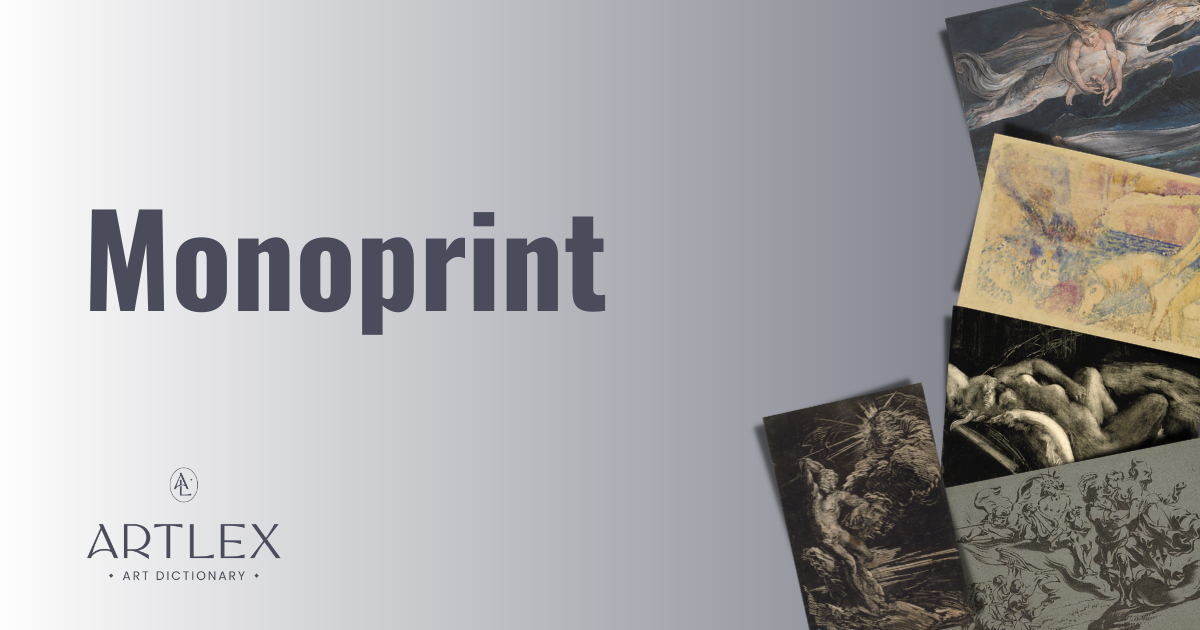What is Monoprint?
The monoprint is a technique of printmaking characterized by the uniqueness of the image it produces. Unlike many printing techniques that provide two prints or multiple copies from a reprintable block or matrix, monoprinting techniques allow only one. The uniqueness of the print can also be achieved by adding external creative elements, such as collages or hand drawings, or paint, which allow to create a limited number of prints. The main purpose of the monoprint process is therefore not to create images serially from stencils, but to obtain a unique work of art while using printed media.
The term monoprint essentially explains the purpose of this artistic technique. The prefix mono-, from the Greek mónos, means ‘formed by one, unique’. Monoprints can be created using different techniques such as woodcut, lithography, or etching. A very common technique to create monoprints and often used as a synonym of the term is the monotype.
Examples of Monoprint Artworks
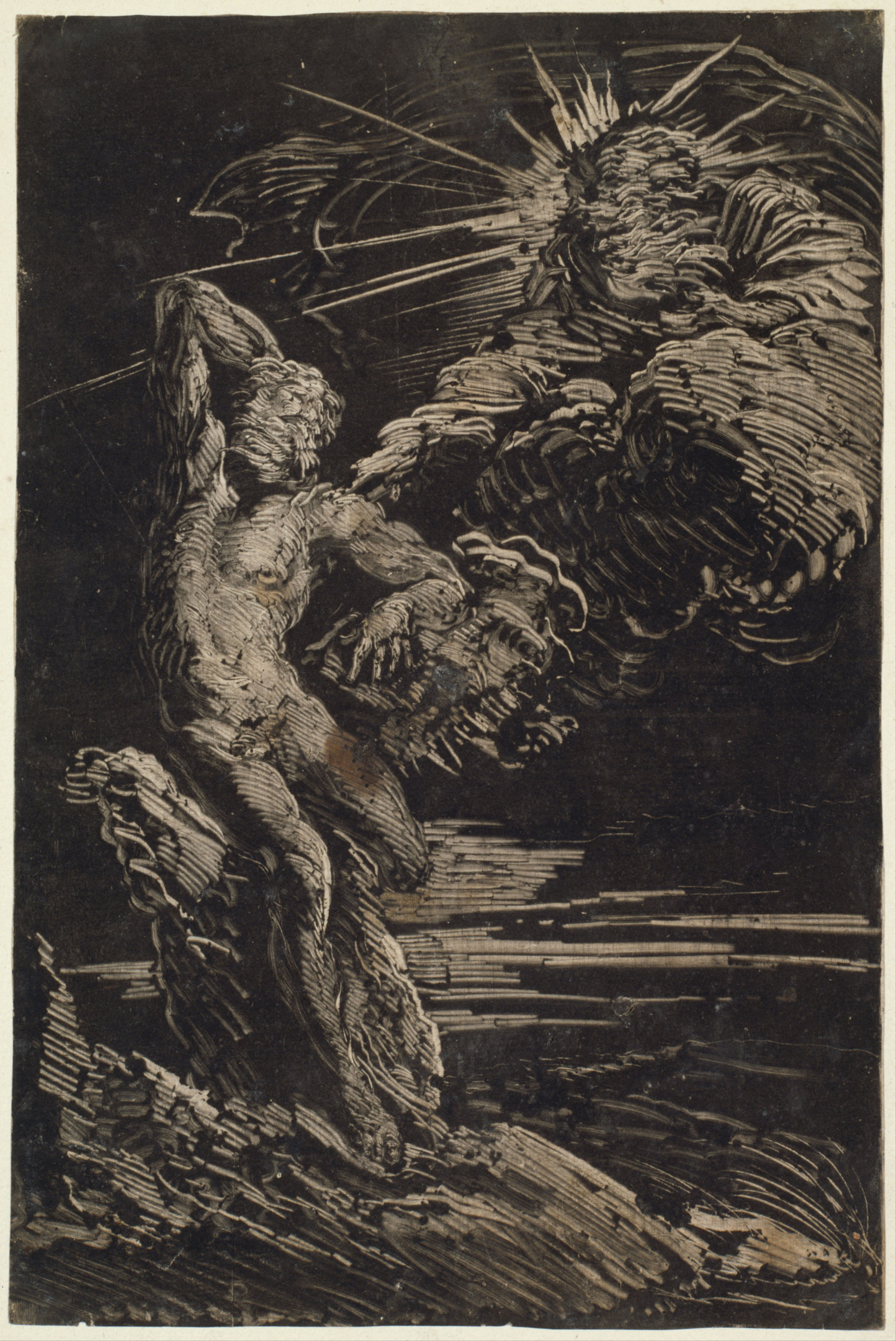
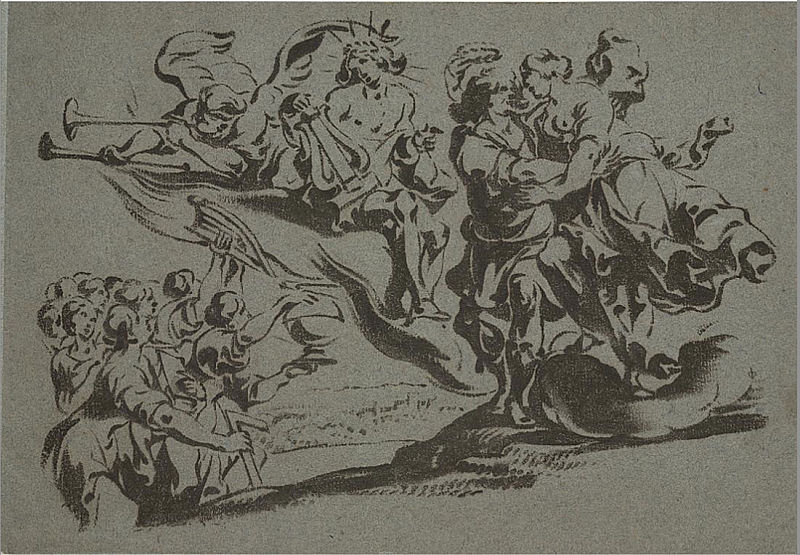
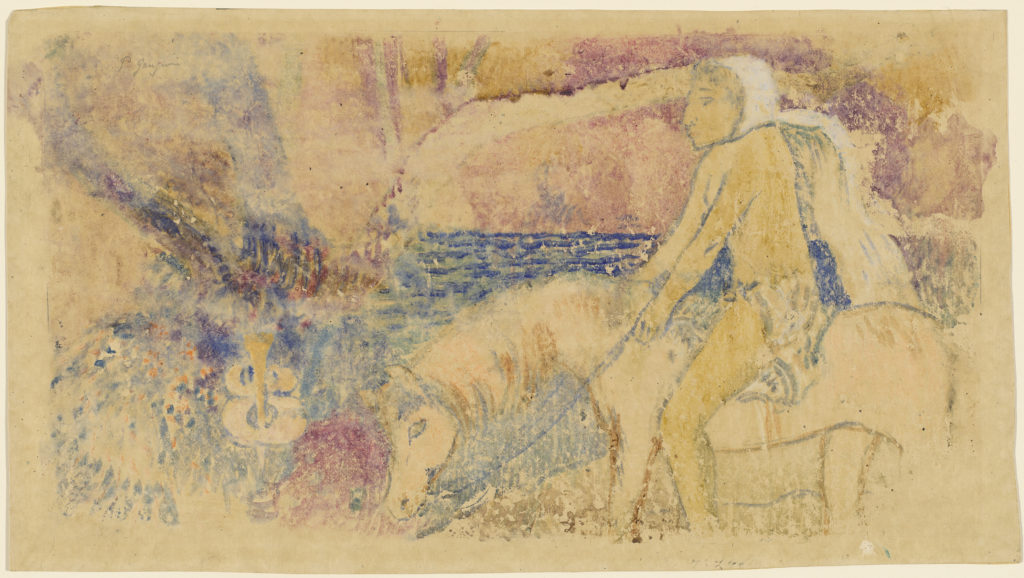
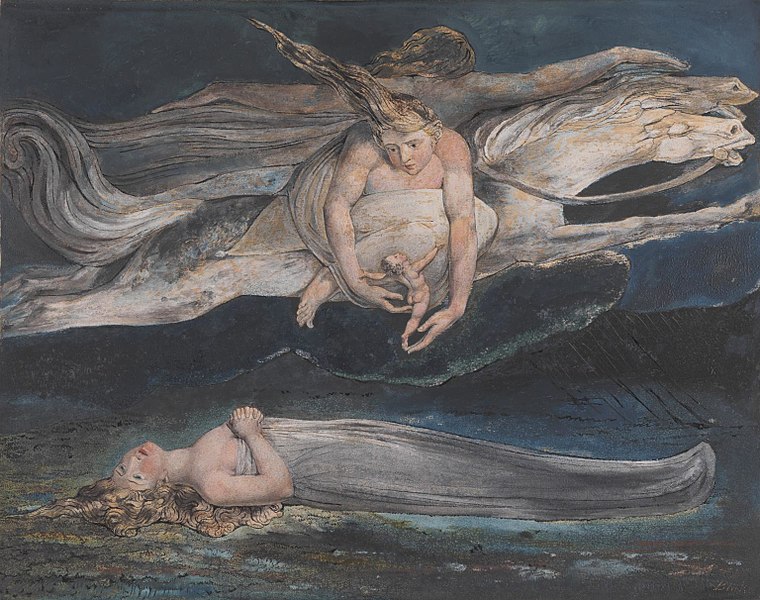
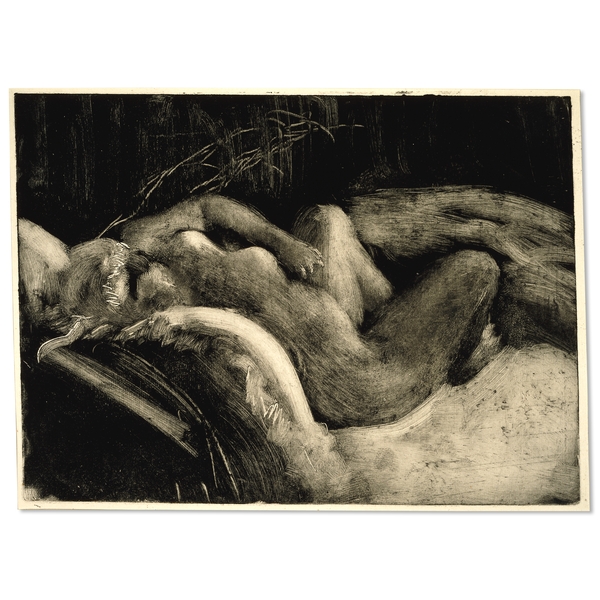
History of Monoprint Printmaking Technique
The history of the monoprint and monotype technique does not have a linear, easily traceable path; however, there some artists are precursors to this artistic process, and it can be divided into different phases.
It can be stated that monoprint begins roughly from the 17th-century. It evolved from the proofs of the intaglio printing method, consisting in etching a surface and coloring the lines of the drawing with ink. One of the forerunners of this experimental method was the Dutch painter and engraver Hercules Seghers, who started experimenting with inks of different colors and unusual papers and linen as other surfaces. Seghers’ landscapes varied from impression to impression, and each print in the series was unique.
In the 17th-century, another essential contribution to the monoprint technique was made by Benedetto Castiglione, nicknamed Grechetto. The Italian artist realized more than seventy etched plates, modulating lights, shadows, and chiaroscuro. It is thought that it was he who made the first actual monotype. Castiglione, in fact, used to apply a layer of black or brown ink over the surface of the matrix and then remove it with a small spatula or wooden stick or scraper, creating different lines and drawings. This process is one of those used to make monoprints.
The monoprint returned to fashion among artistic techniques in the late 18th and 19th-centuries, thanks to the intervention of William Blake. Blake realized monotypes by painting with egg tempera on wooden boards; his prints were also unique because they were often retouched with a pen or brush.
At the end of the 19th-century also many artists explore monoprints, including the impressionists Edgar Degas, Camille Pissarro, the Nabis Pierre Bonnard, and Paul Gauguin, interested in the textural and expressive possibilities of the use of ink. Even in the world of contemporary art, several artists create monoprints, due to their spontaneity and simplicity.
Types of Monoprint
With the term monoprint, we indicate single impression prints made from a reprintable block, such as an etched plate, a wooden board, or a litho stone. They are all limited editions and non-repeatable in the series. Two prints are never identical. For example, monoprints can be differentiated from one print to another creatively transferring the ink on the engraving, or by adding elements of different media and textures on the canvas or paper (such as paint, or collage) or by hand-made retouching and reworking them before or after printing. Monoprints are also created varying the type, color, and pressure of the ink on the surface.
Printmaking Techniques to Realize a Monoprint
To realize a monoprint, the artist takes an already etched plate and evenly spreads a layer of ink, working it through tools such as brushes, sponges, sticks, or fabrics. However, there are different processes to achieve this artwork:
- The additive method, involves adding ink to the plate.
- The subtractive method, involves covering the plate with a layer of ink or pigment and then removing it through brushes, sticks, and other tools, to obtain different images.
- The direct method, in which the artist draws directly on the paper placed on the inked surface, to transfer the color.
- The use of a gelatin plate. Transferring an image from a gelatin plate to a piece of paper allows creating single prints, because after printing the image does not remain imprinted in the gelatin.
Difference between Monoprint and Monotype
Although the terms monoprint and monotype are often used as synonyms in the visual arts, the two techniques represent a subtle conceptual difference. The process is identical and both techniques aim to achieve unique and unrepeatable prints. However, to make monotypes the artist uses unetched and clean plates, in the case of monoprints the matrix is already etched. This is not a minor difference: in this way, monoprints always exhibit a pattern of lines and textures, a sort of template that is repeated in every print, even if creative changes are made on every impression; in monotypes this doesn’t happen. We can therefore think of monoprints as experimental variations on the same theme, while monotypes are unique artworks, freshly created.
Features of Monoprint Artworks: a ‘printed painting’
- Monoprint is considered the most painterly method of printing techniques, realizing ‘printed paintings’. Monoprints are unique artworks, like paintings on canvas.
- Monoprints are characterized by the spontaneity of inks and paper, representing an original art form. They combine the techniques of printmaking, painting, and drawing media.
- Monoprints’ beauty also lies in the experimentation of interesting textures on the entire surface.
Notable Artists who used Monoprint
- Hercules Seghers (1589-1638), Dutch
- William Blake (1757-1827), English
- Camille Pissarro (1830-1903), Danish-French
- Pierre Bonnard (1867-1947), French
- Edgar Degas (1834-1917), French
- Naum Gabo (1890-1977), Russian
- Georg Baselitz (1938-), German
- Berenice Sydney (1944-1983), British
- Bryan Winter (1915-1975), British
Related Terms
- Printmaking Techniques
- Etching
- Lithography
- Woodcut
- Engraving
- Aquatint
- Screen Printing
- Calchography
- Photography
- Typography

